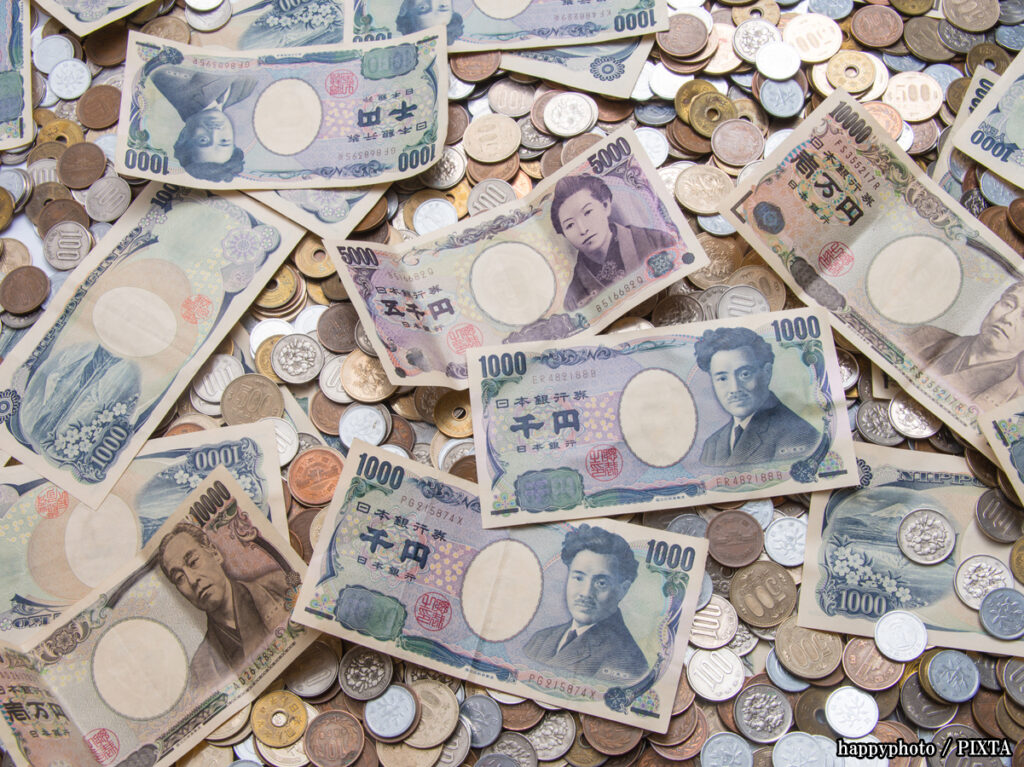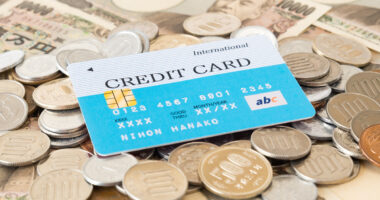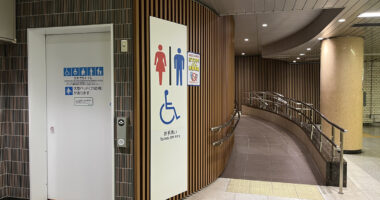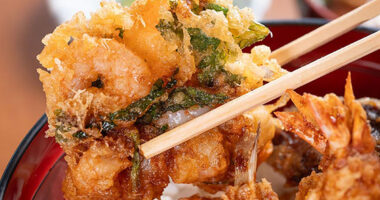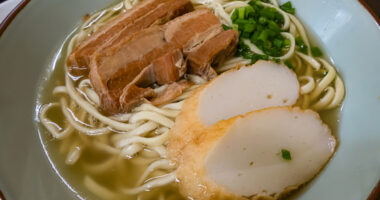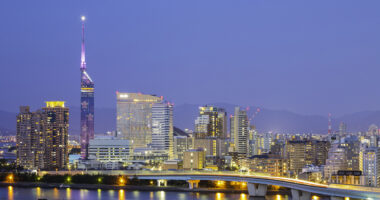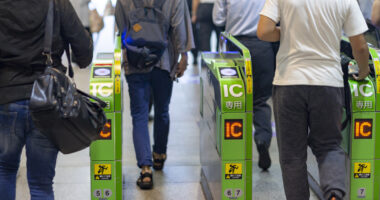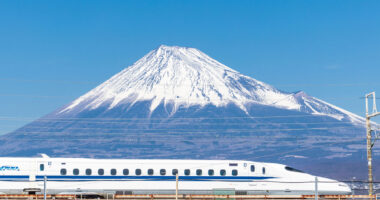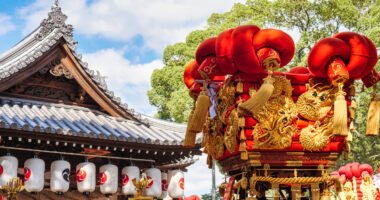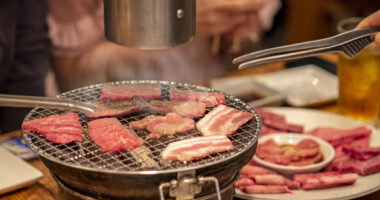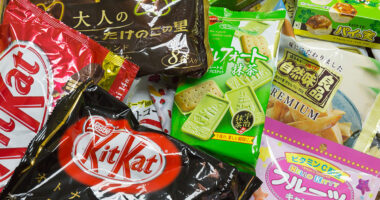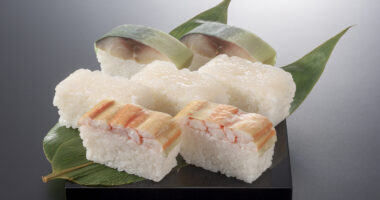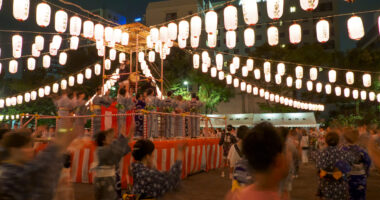You’ve booked your flight, mapped out your dream itinerary, and even practiced saying arigatō (thank you). Now comes a practical yet often overlooked question when preparing for a trip to Japan, money matters: How much cash should you carry?
Japan is a country where tradition and modernity coexist. It’s a country known for bullet trains, high-tech toilets, and robot cafes. However, once you step away from the bustling streets of major cities or visit a small family-run ramen shop in a quiet neighborhood, you’ll quickly discover that cash remains the preferred method of payment in many places. This is especially true in rural areas and more traditional establishments.
This guide will help you determine how much cash to carry based on your travel plans, where and when you’ll need it most, and how to handle it safely while exploring the varied scenery across Japan.
- Places in Japan were only cash is accepted
- Why does Japan still use so much cash
- General cash guidelines
- When and where to withdraw more cash
- How to carry cash safely and without stress
- Daily planning: a sample scenario
- Pro tips for managing your cash wisely
- Finding your cash comfort zone
- Yen in hand, mind at ease
Places in Japan were only cash is accepted
First-time travelers are often surprised at how cash-dependent Japan can be. While digital payments and cards are becoming more common, especially in urban areas, there are still many places where only cash is accepted:
Small restaurants and ramen shops
Many smaller, family-owned restaurants, particularly ramen shops, only accept cash. While large chains may offer card payment options, these traditional spots stick to cash for convenience and simplicity.
Temple and shrine donations or omikuji (fortune slips)
When visiting temples and shrines, you’ll often find that donations and purchases such as omikuji are cash-only. These places emphasize the ritual and simplicity of using physical currency for offerings.
Local buses or rural train stations
Outside of major cities, many buses and rural train stations only accept cash for tickets. These areas may lack the infrastructure to process digital payments, making cash the easiest and most reliable option.
Street markets and festivals
Japan’s street markets, especially those found during seasonal festivals, predominantly deal in cash. Whether you’re buying local produce or souvenirs, vendors tend to prefer cash transactions.
Small-town hotels or minshuku (family-run inns):
The majority of family-operated hotels or minshuku still rely on cash payments, even if your room is booked in advance. While larger establishments accept cards, smaller places may require cash at checkout.
Coin lockers and sentō (public bathhouses)
For convenience, coin lockers and sentō typically require cash to rent a locker or pay for the bathing fee. Although you’ll find lockers that accept IC cards for payment, often in stations, many don’t have the facilities to accept card payments.
Cash payments also help avoid issues with international cards that may not work in every location. This ensures smooth and efficient service for both locals and visitors.
Why does Japan still use so much cash
Japan’s strong preference for cash stems from cultural values of privacy, trust, and simplicity. Cash is seen as reliable, offering a sense of control over spending. The country’s low crime rate also makes handling cash much safer than in many other countries. Even with advanced technology, many prefer cash transactions for their straightforwardness and security.
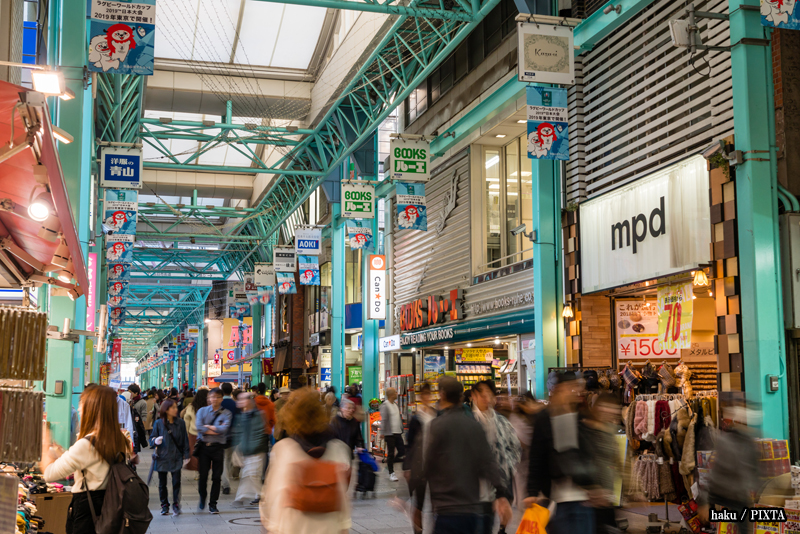
Photo for illustrative purposes
General cash guidelines
The amount of cash you’ll need daily depends on your travel style, but here’s a quick daily estimate for different travelers:
| Traveler type | Suggested daily cash |
|---|---|
| Budget traveler | 4,000–7,000 JPY |
| Mid-range traveler | 8,000–15,000 JPY |
| Luxury traveler | 20,000 JPY+ |
These figures cover daily essentials like meals, short-distance travel, and small sightseeing fees. They don’t include your hotel stay or long-distance train rides, which are often booked in advance or paid by card. Keeping cash on hand ensures you’re prepared for unexpected purchases and places that don’t accept cards. Now let’s have a closer look at what that looks like based on how you travel.
Budget travelers: keep it light, but ready
Suggested cash: 4,000-7,000 JPY per day
If you’re staying in hostels, using a Japan Rail Pass, and eating from convenience stores, this range will suit you. Most budget accommodations are booked online and prepaid. Transportation with prepaid IC cards (like Suica or Pasmo) can be topped up with cash.
What you’ll likely pay with cash for:
- Street food like takoyaki (round, octopus-filled dumplings), yakitori (grilled chicken skewers), etc.
- Entry fees to temples/shrines (approx. 300-500 JPY each)
- Local buses or trams in smaller cities
- Public bathhouses or coin-operated showers
- Coin-operated laundry machines
Tip
Many budget restaurants still use vending machine ticket systems. You insert your cash, choose your meal, and hand the printed ticket to the staff. Some machines do not have an English option, so using a translation app can be very helpful.
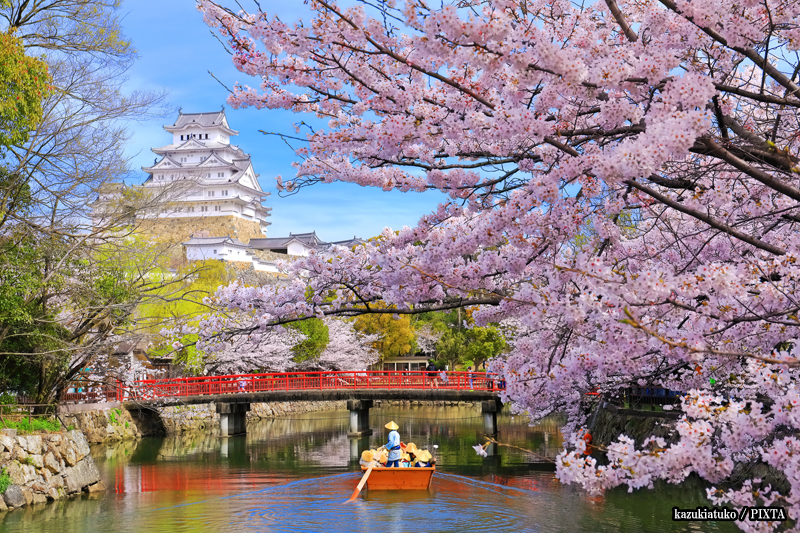
Photo for illustrative purposes
Mid-range travelers: the most flexible zone
Suggested cash: 8,000-15,000 JPY per day
You’ll likely enjoy a mix of sit-down meals and quick snacks, stay in business hotels or comfortable Airbnbs, and use a combination of subways and regional trains to get around. This gives you flexibility to experience the local culture while keeping your travel options efficient and affordable.
Common cash uses
- Meals at izakaya (Japanese gastropubs) or casual restaurants
- Smaller souvenir shops or local crafts
- Temple donations or omamori (lucky charms and talismans)
- Entry to museums or castles
- Local buses or taxis (especially in smaller towns)
You may still use credit cards at convenience stores, department stores, and big chain restaurants, but not everywhere. Having a healthy cash reserve each day means fewer surprises.
Luxury travelers: carry more, spend freely
Suggested cash: 20,000 JPY+ per day
Even luxury travelers should keep cash on hand. Upscale restaurants, stays at ryokan (traditional Japanese inns), and guided tours may accept cards. Still, tips for guides, spontaneous shopping at artisan markets, or buying limited edition sweets from a small town bakery might require yen.
You may need cash for
- Ryokan add-ons (like snacks, massages)
- Taxis in rural areas
- Cultural experiences (tea ceremony, kimono rentals)
- Gratuities for private guides or drivers
- Boutique markets and antique fairs
Tip
It’s a good idea to keep at least 40,000-60,000 JPY in cash reserved for your trip, spread out over several days. Having cash on hand allows you to avoid the worry about card limitations.
When and where to withdraw more cash
If you find yourself low on cash while in Japan, you can easily withdraw money at convenience stores like 7-Eleven, Lawson, and FamilyMart. These stores are widely available and have ATMs that accept international cards. They offer a convenient way to access cash while you’re out and about, whether in a busy city or a more rural area.
Best times to withdraw
- Upon arrival at the airport: Major airports like Narita, Haneda, and Kansai all have international ATMs, so you can easily withdraw cash as soon as you land.
- In major cities, before heading to rural destinations: Stock up on cash in the city before venturing into rural areas where ATMs might be sparse.
- When you’re already in a convenience store picking up snacks: Convenience stores are everywhere, making them an ideal stop for cash.
Plan ahead
ATMs in rural areas might close at night or on weekends, and not all bank ATMs accept foreign cards. It’s best to withdraw larger amounts while you’re in the city, to avoid any potential ATM limitations during your travels.
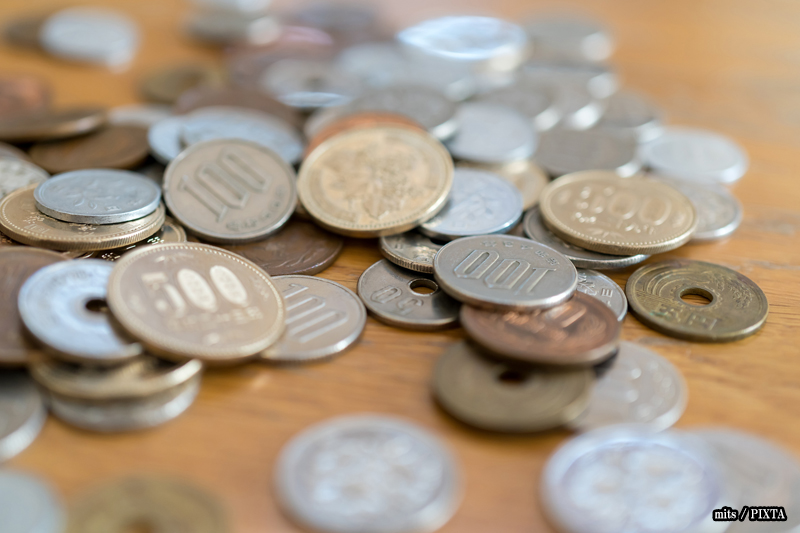
Photo for illustrative purposes
How to carry cash safely and without stress
Carrying cash in Japan is generally safe, as the country boasts one of the lowest crime rates globally. However, it’s always wise to take precautions to avoid any stress.
Tips for safe carrying:
- Split your cash into two-three pouches or wallets to minimize the risk of losing it all at once.
- Use a money belt or inner pocket for your main stash— this provides added security, especially on train rides or in crowded areas.
- Avoid flashing large amounts of cash when paying at counters to reduce the risk of drawing unwanted attention.
- Leave some emergency yen in your luggage or hotel safe as a backup, just in case of unexpected situations.
- Also, cash in Japan is incredibly clean and well-kept. People take pride in keeping their bills crisp, neatly folded, and free of tears or creases.
You’ll often see shop staff gently counting bills and handing over change with both hands, usually accompanied by a polite bow. This level of care might feel surprising at first, but it’s a small moment that shows the value placed on respect and courtesy in everyday life. It’s all part of the charm of spending your hard-earned money in Japan.
Photo of night time city scene
Daily planning: a sample scenario
Here’s what a typical day in Japan might look like in terms of expected cash use:
Morning
- Breakfast from a convenience store: 600 JPY
- Train to nearby attraction (cash IC card top-up): 500 JPY
- Entry to shrine + omamori charm: 800 JPY
Afternoon
- Lunch at local noodle shop: 1,200 JPY
- Bus to rural museum (cash only): 400 JPY
- Entrance to museum: 500 JPY
Evening
- Dinner at a small izakaya: 2,500 JPY
- Local sweets from a market stall: 500 JPY
Total daily cash use: 7,000 JPY
You could lower your daily cash needs if you mostly shop at larger stores or dine at places that accept cards. On the other hand, your cash use may increase if your plans involve visiting multiple temples, exploring rural areas, or taking longer train rides.
Pro tips for managing your cash wisely
Here are a few more tips to help you navigate your cash-handling experience in Japan:
- Carry smaller denominations: 500 JPY coins, 1,000 JPY notes and—especially in Okinawa, where there are more of them in circulation—2,000 JPY notes are good to have on hand for small transactions. Smaller shops and cafes may not be able to break larger notes like 10,000 JPY.
- Avoid overstuffed wallets: Keep your cash organized in small sections, either in a money clip or money holder. Japanese coins are frequent, and you don’t want to dig through a bulky wallet when buying something from a vending machine.
- Track your spending: Use a simple travel app or a physical notebook to track your cash expenses. It’s a great way to stay on top of your budget without relying too much on cards.
- Understand the value of 100 JPY and 500 JPY coins: These coins are often used for smaller purchases, so keep them handy in your coin purse.
Finding your cash comfort zone
The truth is, there is no single amount of cash that suits every traveler. When you take into account your personal travel style, the regions you plan to visit, and how much freedom you want in your daily plans, you can make a more thoughtful and practical estimate.
Here’s a quick summary:
| Traveler type | Total for 10 Days |
|---|---|
| Budget | 40,000 JPY–70,000 JPY |
| Mid-range | 80,000 JPY–150,000 JPY |
| Luxury | 200,000 JPY+ |
Tip
Always overestimate slightly. It’s better to bring a little extra than to be caught without.
Yen in hand, mind at ease
Travel in Japan becomes more fulfilling when you remain open to its ways and willing to adapt to how things are done.
Carrying cash may seem unusual for some travelers, but embracing it helps you move more smoothly through local routines. It lets you interact respectfully with vendors, elders, and community-run establishments that operate on long-held traditions. Being prepared shows appreciation for how things work here.
So, pack your curiosity. Bring a coin purse. And step into Japan with confidence!
